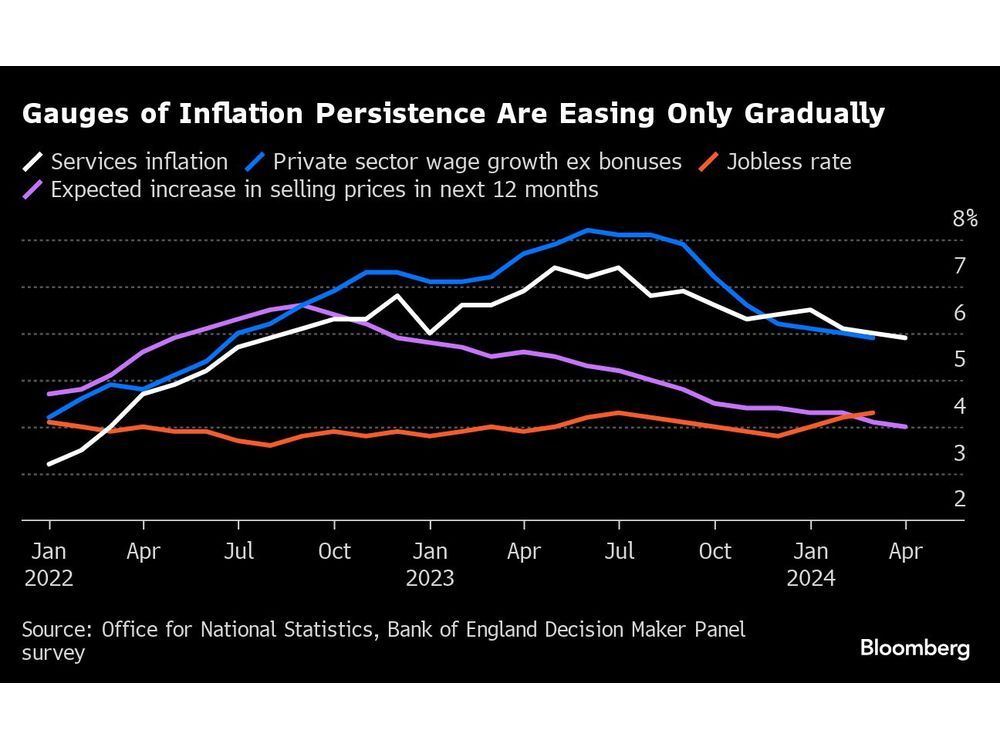Follow us on LinkedIn
A company’s capital structure includes both equity and debt. Usually, each source comes with its own cost to the company. Therefore, companies seek to find an ideal mix between the two to run operations and minimize costs. While most people consider the cost of debt as interest expense, it may also include other factors.
What is the Cost of Debt?
The cost of debt refers to the effective rate a company pays to obtain or use its debt. However, this cost usually comes after adjusting for tax since interest is a tax-deductible expense. While each type of debt comes with an interest rate, it may not be what a company is effectively paying. For creditors, the cost of debt is the expected rate of return that they expect from the loans they provide to debtors.
The cost of debt is essential for various calculations, for example, the weighted average cost of capital. Companies calculate it as a percentage. Usually, it is lower than the cost of equity. However, the cost of debt increases as companies accumulate more credit. It also increases liquidity and bankruptcy risks for the company.
How to calculate the Cost of Debt?
Companies can calculate the cost of debt by measuring the effective interest rate they pay on their debt. As mentioned above, it does not simply include the interest rate on the debt they have acquired. Therefore, companies can calculate the effective rate by dividing the annual interest expense for all loans over the total debt balance.
The effective interest rate formula under this definition is as follows.
Effective interest rate = Total interest expense / Total debt balance
The effective interest rate usually consists of a risk-free rate and a credit spread.
Once companies calculate the effective interest rate, they can calculate the cost of debt. It involves simply adjusting the effective rate for tax. Therefore, the formula for the cost of debt becomes as follows.
Cost of debt = Effective interest rate x (1 – Tax rate)
Companies can also use the effective interest rate as the before-tax cost of debt. However, most companies adjust it for tax. Therefore, the second cost of debt formula is more prevalently used.
Example
A company, Red Co., uses two sources of debt to finance its operations. The first is a $200,000 bank loan with a 5% interest rate resulting in an annual interest expense of $10,000. On the other hand, the company also obtained a $100,000 loan from its directors with an 8% rate. This loan costs the company $8,000 in interest expenses.
Based on the above, Red Co.’s effective interest rate is below.
Effective interest rate = Total interest expense / Total debt balance
Effective interest rate = ($10,000 + $8,000) / ($200,000 + $100,000)
Effective interest rate = 8%
Red Co. also pays corporation tax at 20% a year. Based on this tax rate, the company calculates its cost of debt as follows.
Cost of debt = Effective interest rate x (1 – Tax rate)
Cost of debt = 8% x (1 – 20%)
Cost of debt = 6.4%
Conclusion
Cost of debt refers to the effective interest rate a company pays on its accumulated debts after adjusting for tax effects. Companies use this cost as a part of various analyses. Sometimes, companies may also use the effective interest rate as a before-tax cost of debt. However, adjusting for tax effects is more relevant to calculations.
Further questions
What's your question? Ask it in the discussion forum
Have an answer to the questions below? Post it here or in the forum





Prime Minister Keir Starmer’s promise to “get Britain building again” will quickly face a shortage of skilled workers in the very industries he’s hoping will power the turnaround.